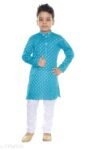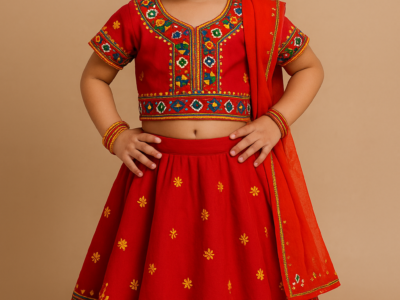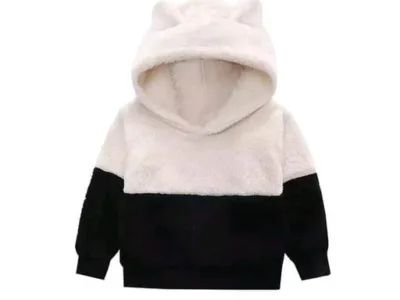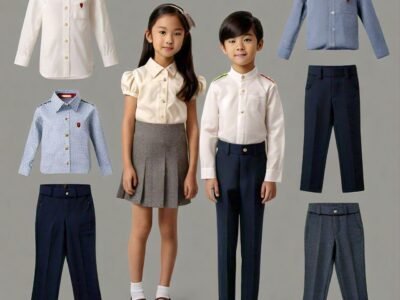why kids dress is so challenging for indian parents
There are several reasons why dressing children can be a challenge for Indian parents:
- Climate: India has a diverse climate with regions ranging from hot and humid to cold and dry. Dressing children appropriately for the weather can be challenging, especially during transitional seasons.
- Cultural expectations: Indian culture places a lot of importance on appearance and dressing up for different occasions. Parents may feel pressure to dress their children in traditional clothing for festivals and events.
- Gender norms: Indian society has strict gender norms when it comes to clothing. Boys are expected to wear pants and shirts while girls are expected to wear dresses and skirts. Deviating from these norms can attract unwanted attention and criticism
- why kids dress is so challenging for indian parents
- Budget constraints: Children grow quickly, and parents may not want to spend a lot of money on clothing that their child will outgrow in a few months. This can make it challenging to find affordable yet stylish and durable clothing.
- Peer pressure: Children may be influenced by their peers and want to wear the latest trends or branded clothing. This can put pressure on parents to provide their children with fashionable clothing, which may not always be practical or affordable.
- Fashion trends: India is a rapidly changing society, and fashion trends can shift quickly. Parents may find it challenging to keep up with the latest trends and ensure that their children are dressed appropriately.
Overall, dressing children in India can be a challenging task for parents due to a combination of cultural, social, and practical factors.
When selecting a perfect dress for kids, there are a few key factors that parents should consider:
- Comfort: It’s important to choose clothes that are comfortable and allow for ease of movement. Look for fabrics that are soft and breathable, and avoid clothing that is too tight or restrictive.
- Age-appropriate: The dress should be age-appropriate and fit well. Avoid clothing that is too large or too small for the child, as this can be uncomfortable and limit their mobility.
- Style and design: The style and design of the dress should be appropriate for the occasion and match the child’s personal style. Consider the color, pattern, and embellishments on the dress, as well as the overall silhouette.
- Quality: Invest in high-quality clothing that will last through multiple wears and washes. Look for durable fabrics and well-constructed seams that will withstand wear and tear.
- Price: Set a budget and look for clothing within that range. Keep in mind that a higher price doesn’t necessarily mean better quality or comfort.
- Weather: Select dresses that are suitable for the weather conditions, such as lightweight and breathable clothes in summer and warm clothes in winter.
Ultimately, it’s important to consider the child’s comfort, personal style, and the occasion when selecting a perfect dress for them. Take time to consider these factors, and involve the child in the selection process to ensure that they feel comfortable and confident in their clothing.
including:
- Skin tone: The color of the dress should complement the child’s skin tone. For example, children with fair skin may look best in light and pastel colors, while those with darker skin may look best in bright and bold colors.
- Personal preference: It’s important to consider the child’s personal preference and allow them to choose colors that they feel comfortable and confident in. Encouraging their creativity and self-expression through color can help build their confidence.
- Occasion: The color of the dress should also be appropriate for the occasion. For example, bright and bold colors may be more suitable for casual events, while muted and pastel colors may be better for formal events.
- Gender: While there are no strict rules when it comes to gender-specific colors, many parents still choose to dress their children in traditional colors such as pink for girls and blue for boys. However, it’s important to remember that children should be allowed to wear any color they prefer, regardless of their gender.
- Fashion trends: Fashion trends can influence color choices for kids’ wear dress. Keeping up with the latest trends and incorporating them into the child’s wardrobe can help them feel fashionable and on-trend.
Overall, when selecting colors for kids’ wear dress, it’s important to consider the child’s skin tone, personal preference, occasion, gender, and fashion trends. By keeping these factors in mind, parents can choose colors that will make their child feel comfortable, confident, and stylish.























































 THE LARGE SPECIAL FESTIVALS KID’S COLLECTION BY LITTLE TAGS IS HERE-holi kurta pajama
THE LARGE SPECIAL FESTIVALS KID’S COLLECTION BY LITTLE TAGS IS HERE-holi kurta pajama  How to Teach Children to Dress Themselves: The Ultimate Guide
How to Teach Children to Dress Themselves: The Ultimate Guide  Kids Fashion Store Online in India – Fashion-Wear.in
Kids Fashion Store Online in India – Fashion-Wear.in  How to Store & Organize Kid’s Clothing – Ultimate Guide
How to Store & Organize Kid’s Clothing – Ultimate Guide  How to Choose Printed Beautiful Dress for Girls?
How to Choose Printed Beautiful Dress for Girls? 
Recent Comments